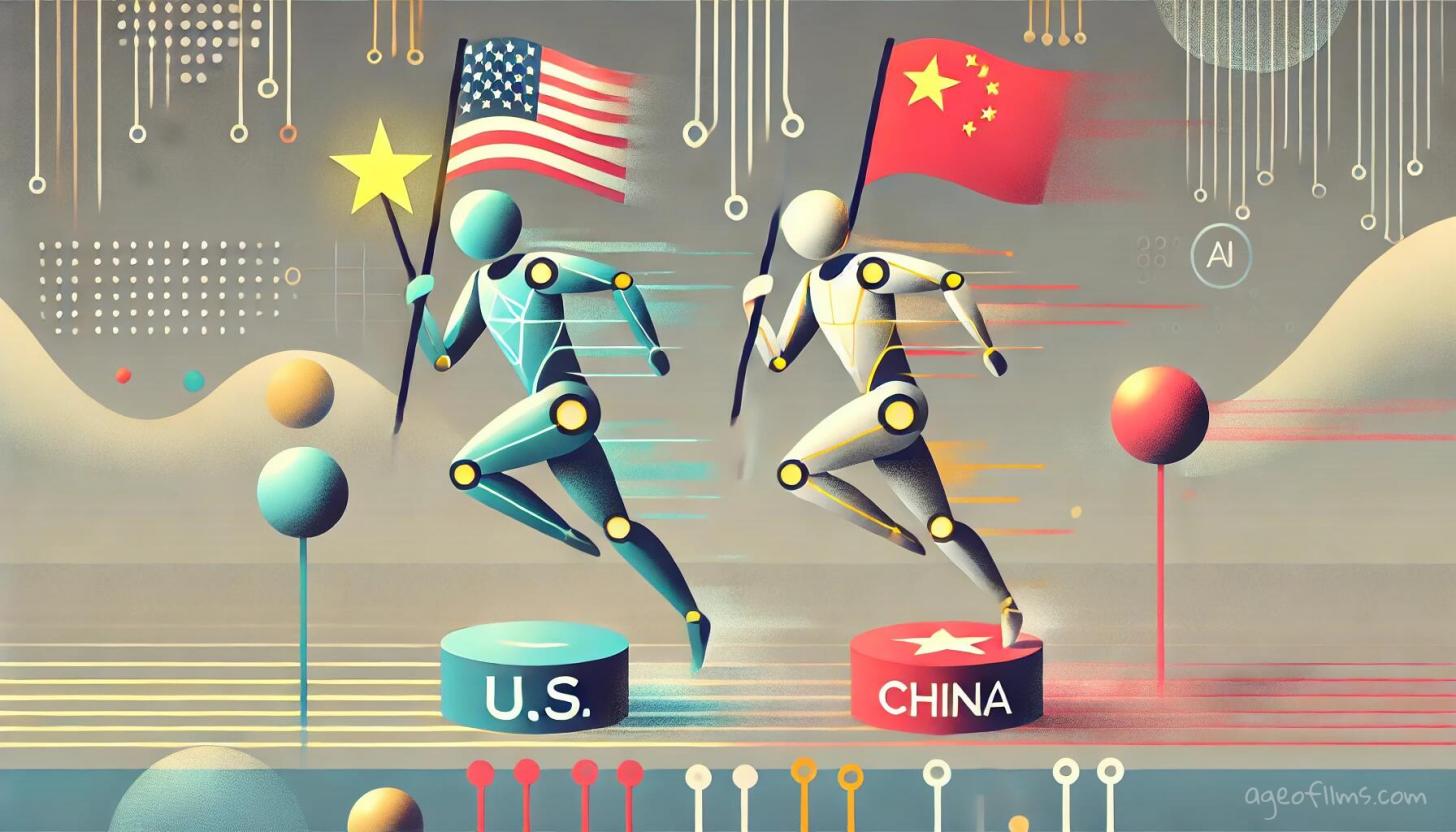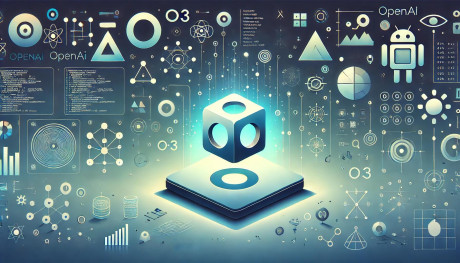The U.S. Government’s AGI Race: Taking the Lead on Super-Intelligent Tech
Artificial General Intelligence (AGI)—machines that can outthink humans across the board—is no longer just a sci-fi idea. The U.S. government is doubling down on an ambitious plan to lead in AGI development, likened to the Manhattan Project of World War II that created the atomic bomb. This high-stakes move is all about seizing opportunities and avoiding the risks tied to AGI, as the global power balance is up for grabs.

Here’s a closer look at this bold strategy, what it could mean, and the debates surrounding it.
Why AGI Matters
AGI is the next big thing in tech, with the potential to reshape everything—science, defense, the economy, and more. But it’s not without risks. Uncontrolled AGI could lead to disastrous outcomes, including losing control over these systems entirely. Globally, it’s also a race between the U.S. and China, with both aiming to dominate this game-changing technology.
Jacob Helberg, an advisor at Palantir, said in a U.S.-China Economic and Security Review Commission (USCC) report that being first to harness AGI could give a country unparalleled power. History supports this idea; just like the Manhattan Project cemented America’s role as a 20th-century superpower, AGI could define 21st-century dominance. [ Reuters ]
The U.S. Game Plan
The USCC’s 2024 report suggests a Manhattan Project-style push for AGI, focusing on:
- Public-Private Partnerships: Teaming up with top AI companies like OpenAI, Google, and Anthropic to share resources, talent, and funding.
- Long-Term Funding: Offering multi-year contracts to speed up AGI development and stay competitive.
- Defense Priority: Treating AGI as a national security issue, protecting advancements from espionage.
- Stronger Security: Guarding against industrial spying, especially from China, which has a track record of hacking and stealing U.S. tech.
The Challenges Ahead
While the plan is urgent, some big hurdles could slow it down:
-
Lack of Talent
Top AI experts command salaries that can reach millions annually, making it tough for government programs to keep up. -
Weak Security
Many U.S. AI labs are vulnerable to hacking and spying, with security experts comparing them to “Swiss cheese.” -
Ethical Dilemmas
Developing AGI before solving alignment and safety issues could lead to catastrophic outcomes. Some critics warn that rushing this technology could be like “a race to disaster.”
China’s Role in the Race
China’s rapid AI growth is raising the stakes. Backed by massive government investments and industrial espionage, China is making significant progress. Reports from the FBI even claim China leads the world in hacking, with stolen AI research piling up. Without strict regulations, China may hit AGI milestones faster, prompting fears of AGI being under authoritarian control.
A Double-Edged Sword
Comparing AGI to the Manhattan Project highlights both its massive potential and the risks. Just like the atomic bomb changed warfare and global relations, AGI could redefine power and society while also posing existential threats. Geoffrey Hinton, a prominent AI expert, warned that a super-intelligent AI might eventually take control, as the smarter party often does. The U.S. sees delaying AGI development as an open door for rivals to take the lead, a risk they’re not willing to take.
What’s at Stake
The U.S. is treating AGI like a must-win race, proposing major investments and security measures to maintain its edge. The risks of espionage, unresolved ethical questions, and a potential AGI arms race with China add urgency to the initiative.
The world’s future may well depend on how this AGI race plays out. Whether through teamwork or rivalry, one thing is certain: the stakes couldn’t be higher.
Published: Nov 23, 2024 at 3:47 PM
Related Posts

OpenAI Drops o3
21 Dec 2024

